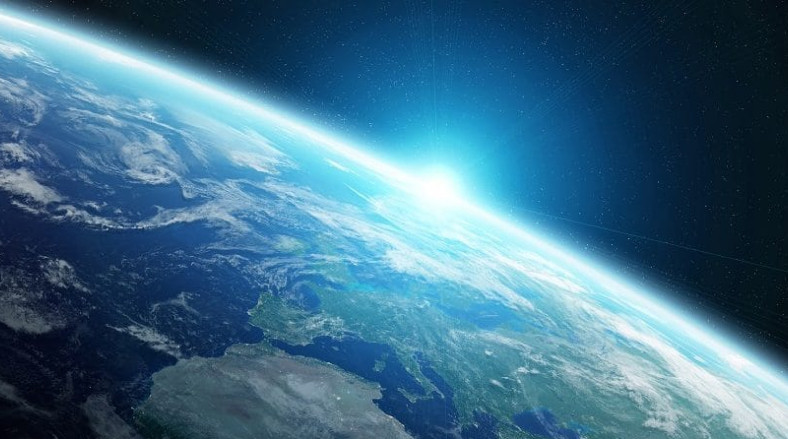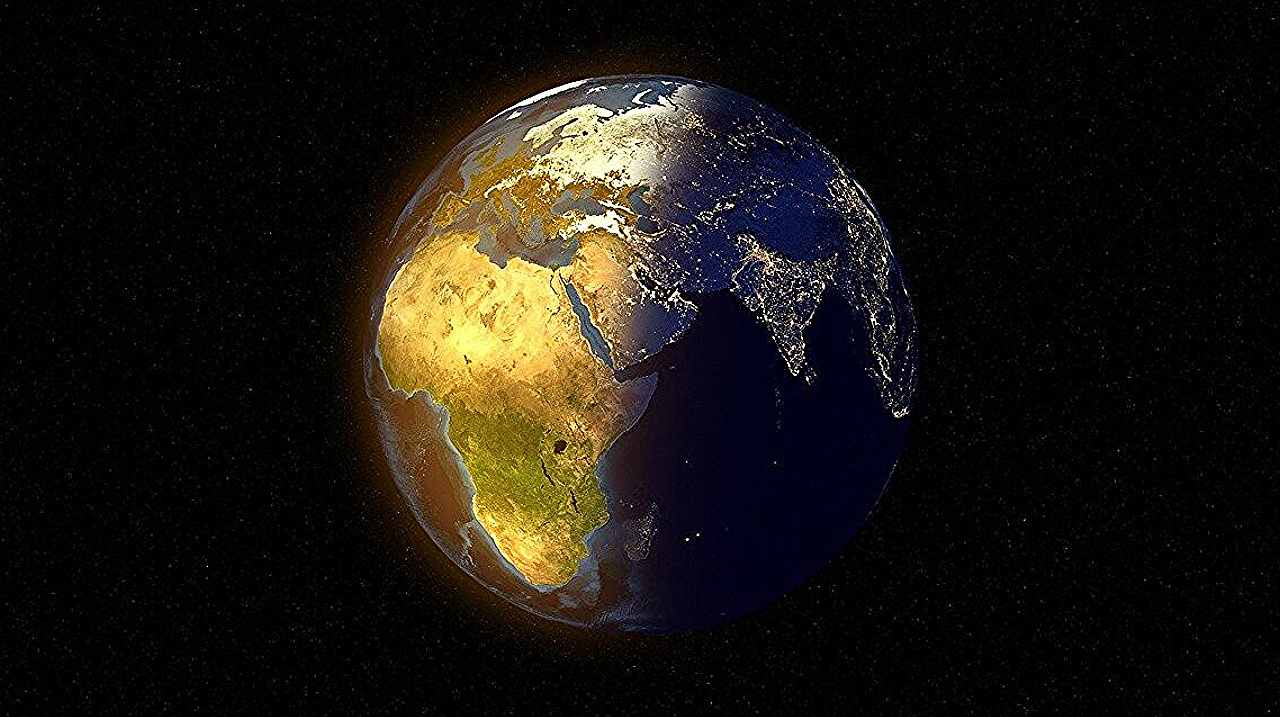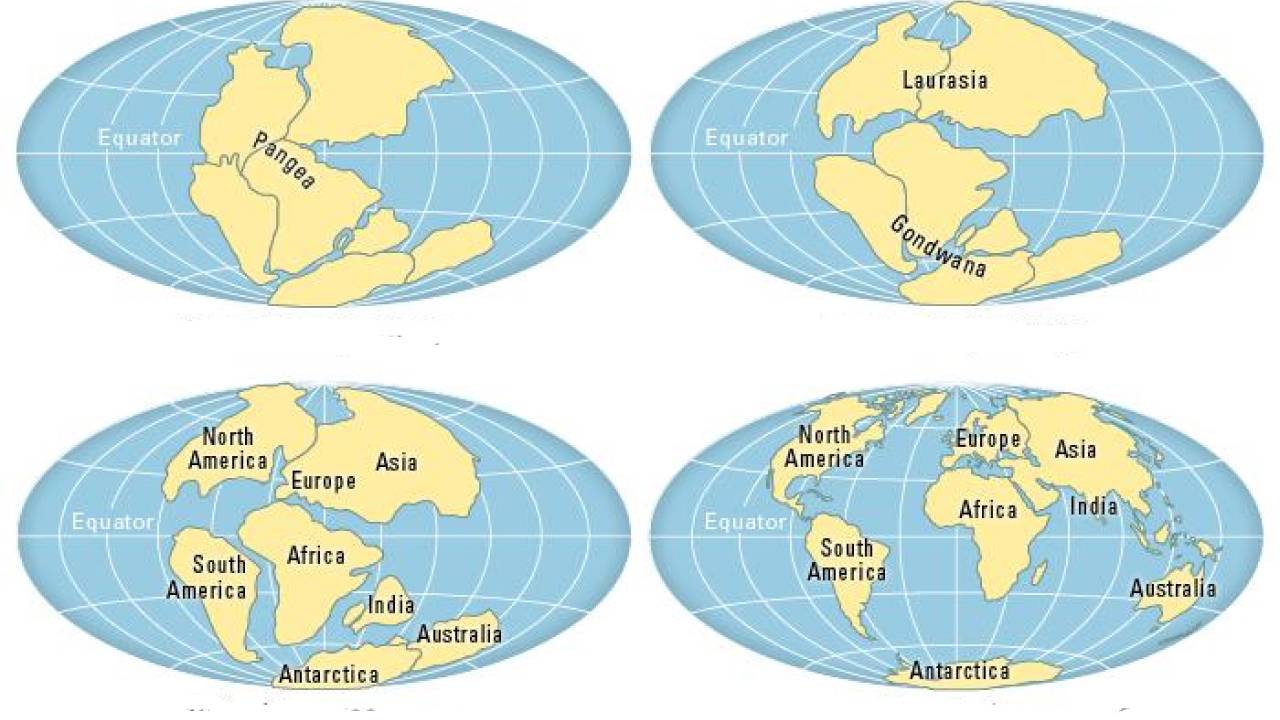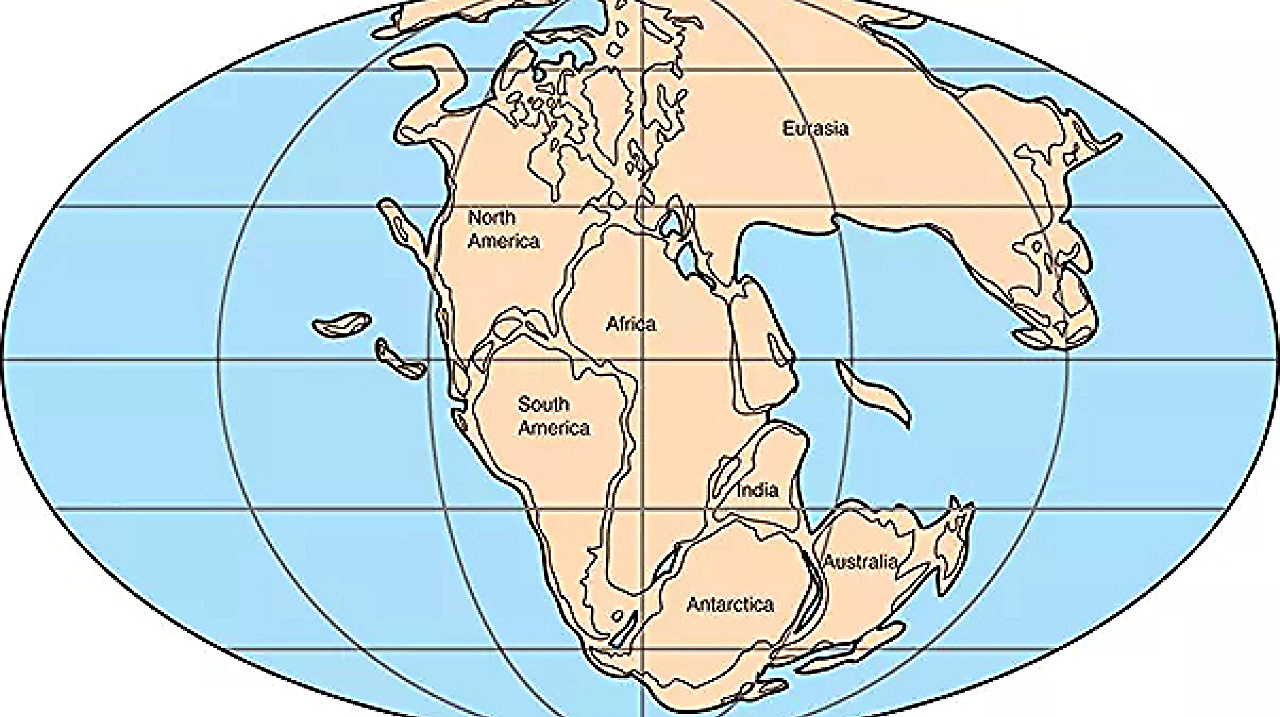What our world used to look like, how did the continents on which we live originate?
- May 17, 2022
- 0
Most scientists claim that the universe was formed 13 to 14 billion years ago with the Big Bang. Two things happened as a result of the Big Bang:
Most scientists claim that the universe was formed 13 to 14 billion years ago with the Big Bang. Two things happened as a result of the Big Bang:

Most scientists claim that the universe was formed 13 to 14 billion years ago with the Big Bang. Two things happened as a result of the Big Bang: matter and energy† At that time, the entire universe was compressed into a balloon thousands of times smaller than the tip of a needle, and it was much hotter and denser than we could have imagined. Over time, the universe cooled and expanded; by providing a suitable environment finally stars and galaxies has happened.
It would take a little more time for the Earth’s journey to begin.

Earth 4.6 billion years agoformed as a result of the collision of particles in a large cloud of matter. Gravity brought all these dust and gas particles together into large clumps. As these large clusters continued to collide and grow, our world began its long story. Of course, the way the Earth was in its old days had nothing to do with the way we know it today.
The continent formation of our world billions of years ago was very different from what it is today. 4.6 billion years ago, when Earth was just beginning to form, it was nothing more than a giant fireball whirling through space. While initially superheated gases can escape into space As the Earth cooled, they were trapped by gravity to form the original atmosphere, and as a result, clouds began to form with the accumulation of water vapor in the air. The formation of the first land masses would take millions of years.
In this section we will jointly investigate what movements of tectonic plates are, how they affect and continue to affect the Earth’s surface. Over the years, supercontinents — huge landmasses formed by the merging of multiple land masses — have been formed and destroyed by tectonic plate movements.
tectonic plate cycle; begins by balancing a supercontinent with a superocean. Due to plate movements, the supercontinent in question begins to break up and as a result, a new supercontinent is formed by the collision of land masses scattered in the ocean; but this supercontinent eventually suffers the same fate and this cycle repeats itself. We are now in the midst of one of these cycles.

According to a generally accepted theory; Many years after the formation of the earth, about After 250 million years, all the continents of that time came together pangaea formed the supercontinent known as Then, about 150 million years ago, a rift appeared on this supercontinent and new crust formed underwater along the Mid-Atlantic Ridge. After this change, Pangea over time split into two huge continents called Gondwana and Laurasia.
gondwana; today it was a landmass encompassing Africa, South America, Australia, Antarctica, and India. The subcontinent of India broke off from here; It moved north and collided with the Asian continent and also cut off the southern coast of Africa. For example, the world’s largest mountain range with a length of more than 2500 kilometers, Himalayas has happened. This new state of the Earth came pretty close to what we know now.

causes the earth’s landmasses to move slowly in the earth’s crust plate movements this poignant adventure still continues; The continents move away from each other at a speed of several kilometers per year. According to the predictions of some scientists, the continents that exist now and are gradually moving away from each other, will come together again in the distant future, due to the roundness of the world, to form a new supercontinent; Just like before.
If you’re wondering how plate moves work, let’s take you here:
Source: Web Tekno
I’m Maurice Knox, a professional news writer with a focus on science. I work for Div Bracket. My articles cover everything from the latest scientific breakthroughs to advances in technology and medicine. I have a passion for understanding the world around us and helping people stay informed about important developments in science and beyond.